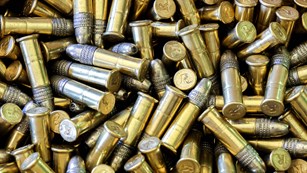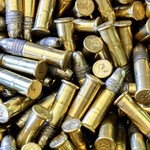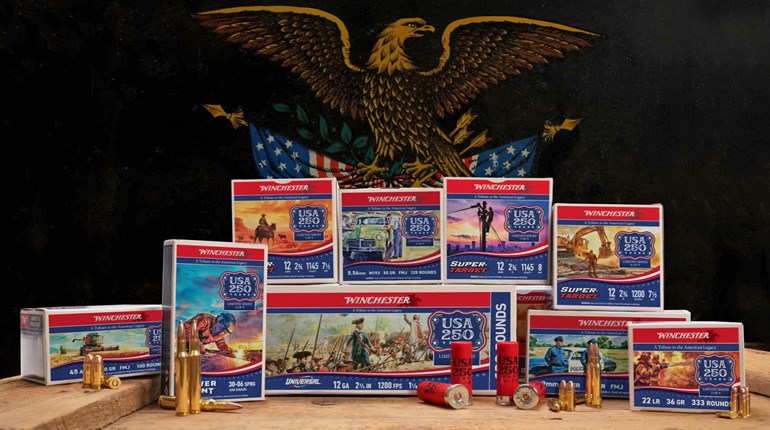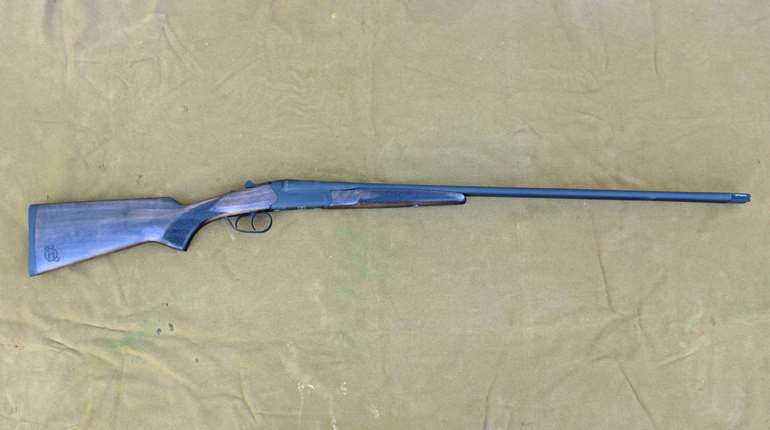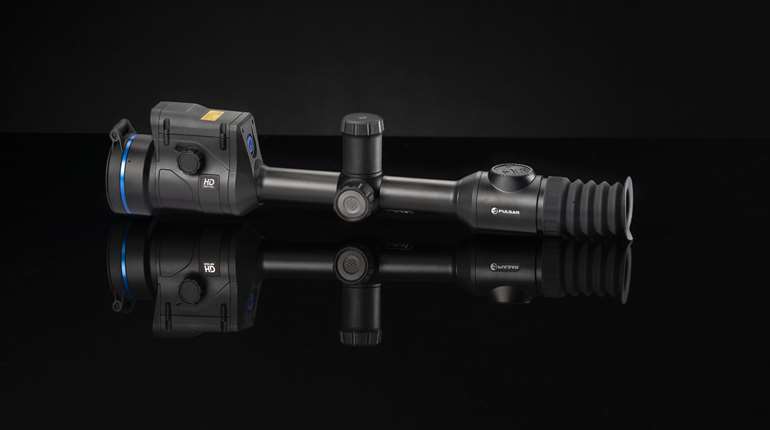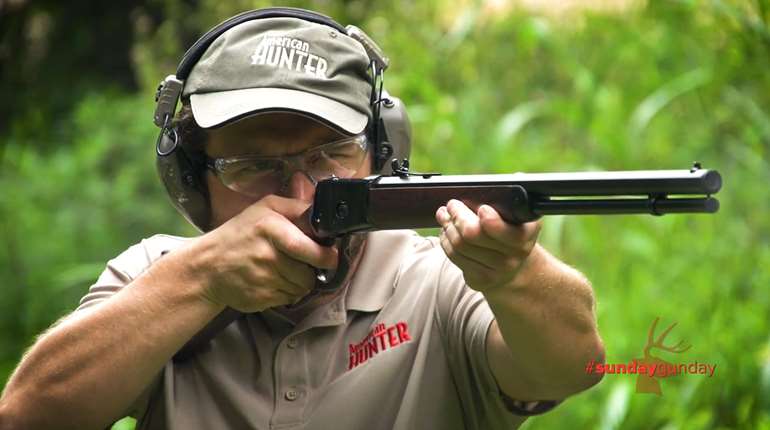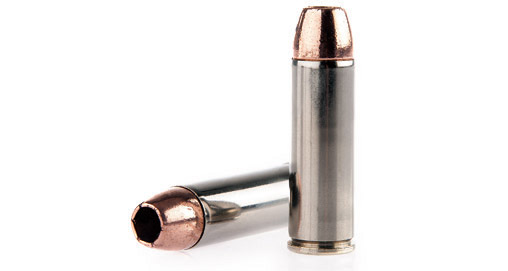
Hunting with a traditional handgun—a double- or single-action revolver rather than something chambered in a rifle cartridge—appeals to relatively few hunters when compared to pursuing game with long guns or archery equipment. Besides being difficult to handle, very few factory loads appropriate for big-game hunting have been available in handgun cartridges. The non-handloader looking for a bullet capable of deep penetration as well as effective expansion was pretty much out of luck, especially if using something other than a .44 Magnum. Federal Premium’s Vital-Shok line of handgun ammunition brings together the best of premium bullets with velocities capable of taking all of North America’s big game.
To evaluate the Vital-Shok handgun line, I chose what I consider the finest hunting handgun available, chambered in what is perhaps the most versatile of handgun cartridges: the Freedom Arms Model 83 in .454 Casull. The Freedom Arms is without peer in the world of production revolvers: Part Rolex, part bank vault, it boasts a rare combination of precision construction with impressive strength and slick lines. The Model 83 was, at its inception, the most powerful production handgun on the market. Originally chambered only in .454 Casull, it was the combination that allowed the revolver hunter to push beyond the limits of the .44 Magnum and take the world’s largest game without carrying a custom gun in a wildcat cartridge.
The .454 Casull cartridge was the result of Dick Casull’s efforts to push the voluminous .45 Colt case to its maximum capability. Because the pressures generated by these max loads would be too much for most revolvers, the case was lengthened a fraction of an inch to prevent it from chambering in a standard .45 Colt.
Federal’s loads launch the excellent 300-grain Swift A-Frame and 250-grain Barnes Expander bullets at advertised velocities of 1520 and 1530 fps, respectively. Both loads generate impressive performance on game and equally impressive recoil. Because this cartridge was designed at the outset to operate at high pressures (SAAMI lists its max pressure at five-times that of the .45 Colt), factory velocities are on par with maximum handloads.
Even with the .454’s impressive velocities, handgun bullets still move at relatively slow speeds so factors like frontal area, expansion and penetration are key to performance on big game. Cast bullets that do not expand at all are generally preferable to rapidly expanding hollowpoints that lack the ability to penetrate to vital organs, but controlled-expansion bullets can offer the best of both worlds. The problem is finding a bullet that truly accomplishes both aims.
I’ve used the solid copper Barnes Expander bullet on enough big game to testify to its effectiveness, but I wanted to use a more quantifiable test for the reader. The Bullet Test Tube (mine came from Brownells) is a very tough medium for a bullet but it’s more user-friendly than ballistic gelatin. It is a wax-filled tube that creates a great deal of expansion, which makes for very limited penetration. In an effort to create a challenging test of the penetrating abilities of an expanded bullet, I fired the Vital-Shok .454 load into a cow bone sandwiched between two 11-inch-long Test Tubes at point-blank range. Despite the unrealistic impact velocity, the 250-grain bullet sailed through the first tube, creating a massive crush cavity before punching through the bone at full diameter and finally imbedding itself 2 inches into the second tube. According to my scale, the Expander retained 100 percent of its weight. This is a brutal test; I have no doubts about the Expander’s ability to both expand and penetrate on live game.
When evaluating accuracy, it’s good to know that the firearm you’re using is capable of maximizing the ammunition’s performance. Thanks to tight tolerances and cylinders line-bored to be totally square and concentric to the barrel, Freedom Arms revolvers are known for their excellent accuracy. Even with iron sights and the anticipation of heavy recoil, I was able to consistently fire five-shot groups of less than 1.5 inches at 25 yards. With a low-power scope, I would not hesitate to use this handgun-ammunition combo out to 100 yards on deer-sized game. At that range, the .454 still has more energy than a .357 Magnum does at the muzzle, and the .454 has more frontal area.
Not being a handloader is no longer a valid excuse for not taking your handgun afield for big game. It should be known, however, that prices are on par with premium rifle ammo loaded with comparable bullets—this stuff isn’t for plinking. With powerful velocities and tough component bullets, Vital-Shok handgun ammo will get it done if you do your part.
Technical Specifications:
Bullet Type: monolithic copper
Point: hollow
Features: expanding petals, solid shank, cannelure
Ballistic Coefficient: 141
Muzzle Velocity: 1660 fps
Calibers Available: .357 Magnum, .41 Remington Magnum, .44 Remington Magnum, .454 Casull (tested), .460 S&W, .480 Ruger, .500 S&W
Uses: medium/large game
MSRP (per box of 20): $51.99






